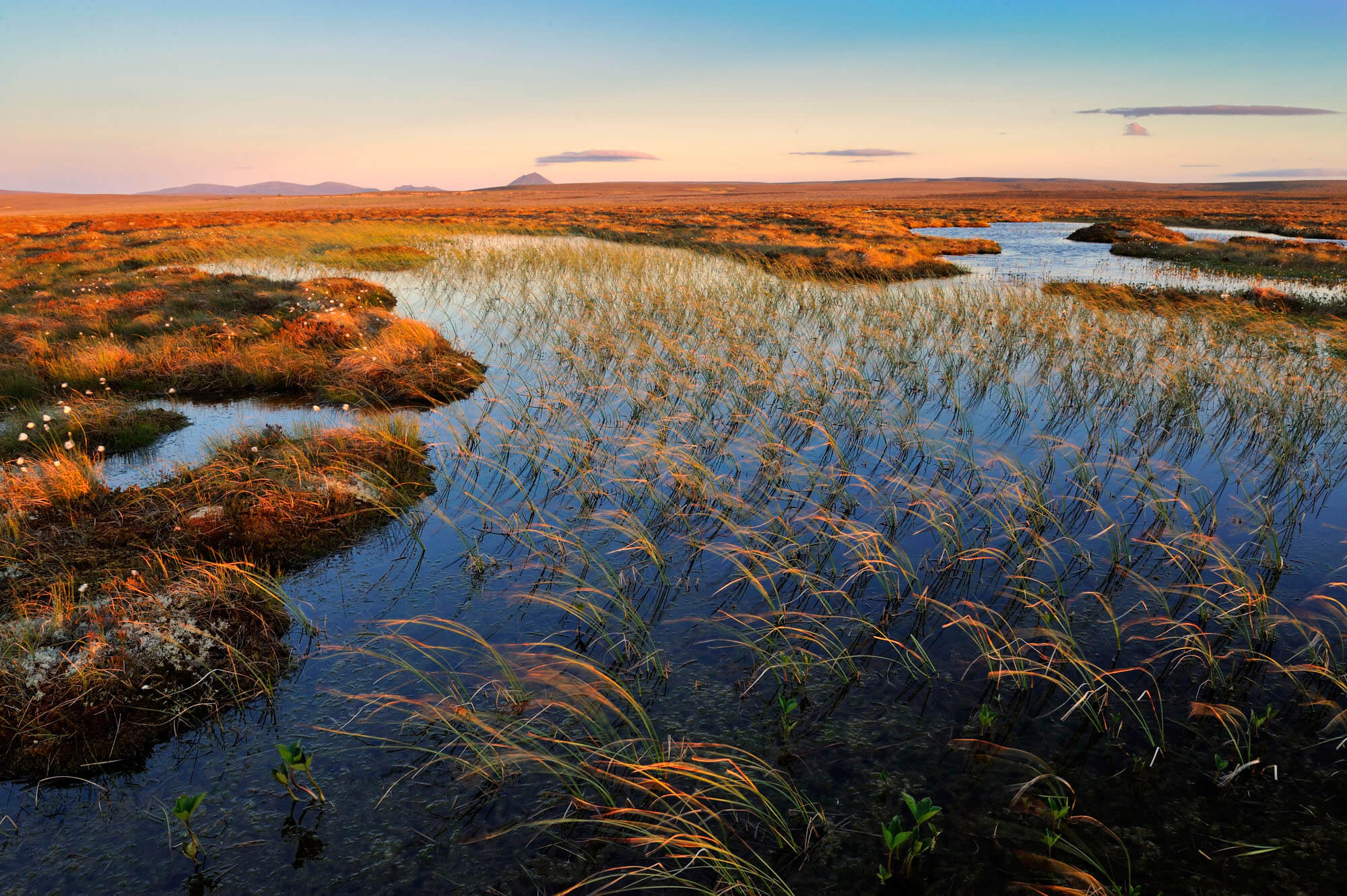This page signposts guidance, predominately from voluntary organisations and public bodies in Scotland and the rest of the UK, which may assist in the planning, implementation and management of Nature Networks.
Covering Framework Delivery Principles:
- Data, mapping, & monitoring
- Finance & resourcing
- Governance & decision making
- Knowledge & skills
- Monitoring, Evaluation & Reporting
- Participation, engagement, & communication
- Policy & Mainstreaming
- Project Development
- Project Implementation
- Spatial Mapping
Overview
Guidance relates to improving habitat quality and diversity, expanding habitat range (via restoration or new habitat creation), improving connectivity within or between habitat patches, how to monitor the quality and extent of habitat and information on key species within that habitat or ecosystem type.
The list of guidance is not exhaustive and offers a starting point for reference only. The guidance listed may not be Scotland specific, and practitioners are advised to ground truth their site, and explore the latest guidance before beginning work.
About Freshwater and Wetlands
This broad array of ecosystems includes lochs and rivers and their surrounding vegetation alongside wetlands all supporting an important array of habitats and species.
Natural and man-made ponds, though sometimes small, can support a wealth of wildlife and act as important stepping-stones between larger water bodies.
Fens, marshes, swamps, reed beds, flushes, springs and lowland raised bogs are all elements of Scotland’s wetlands. These special areas support birds, insects and plants, give us clean water, help to moderate floods and maintain river flows, and store vast amounts of carbon.
Rivers offer natural corridors for species movement, when the habitat is appropriately managed, and offer significant opportunities to form the basis of a local or regional, catchment scale, Nature Network.
River Basin Management Plans set out actions to improve the quality of the water environment, including removing barriers to wild fish migration.
- Advice on the management of ponds for wildlife. Likely to form important stepping stone habitats within many Nature Networks, bringing back clean water ponds to landscapes after centuries of their infilling and loss.
- Provides guidance on 17 wetland types in Scotland. For each wetland type, field indicators have been selected including landscape setting, hydrological features, soil type and vegetation types, that can help to identify the habitat. Guidance on identifying landscape setting and other wetland features is provided, in addition to identifying habitats, to allow a basic understanding of the function of the wetland.
- The purpose of this handbook is to provide a practical guide to the delivery of natural flood management to benefit flooding, while also bringing about many other outcomes.
Help us build a useful toolbox
Share your feedback on existing guidance and resources, as well as links to others you think would be useful. We’d also love to hear about any great Nature Network projects that we should showcase.
.